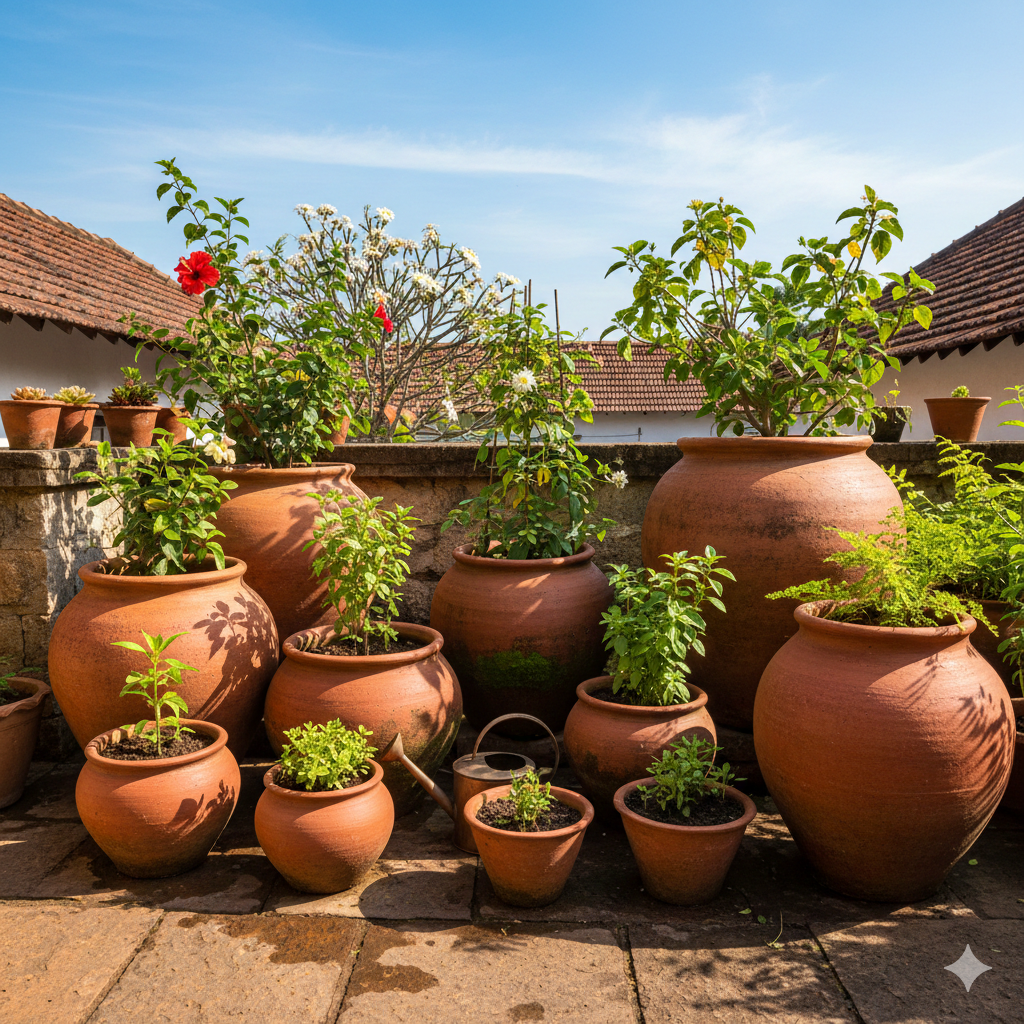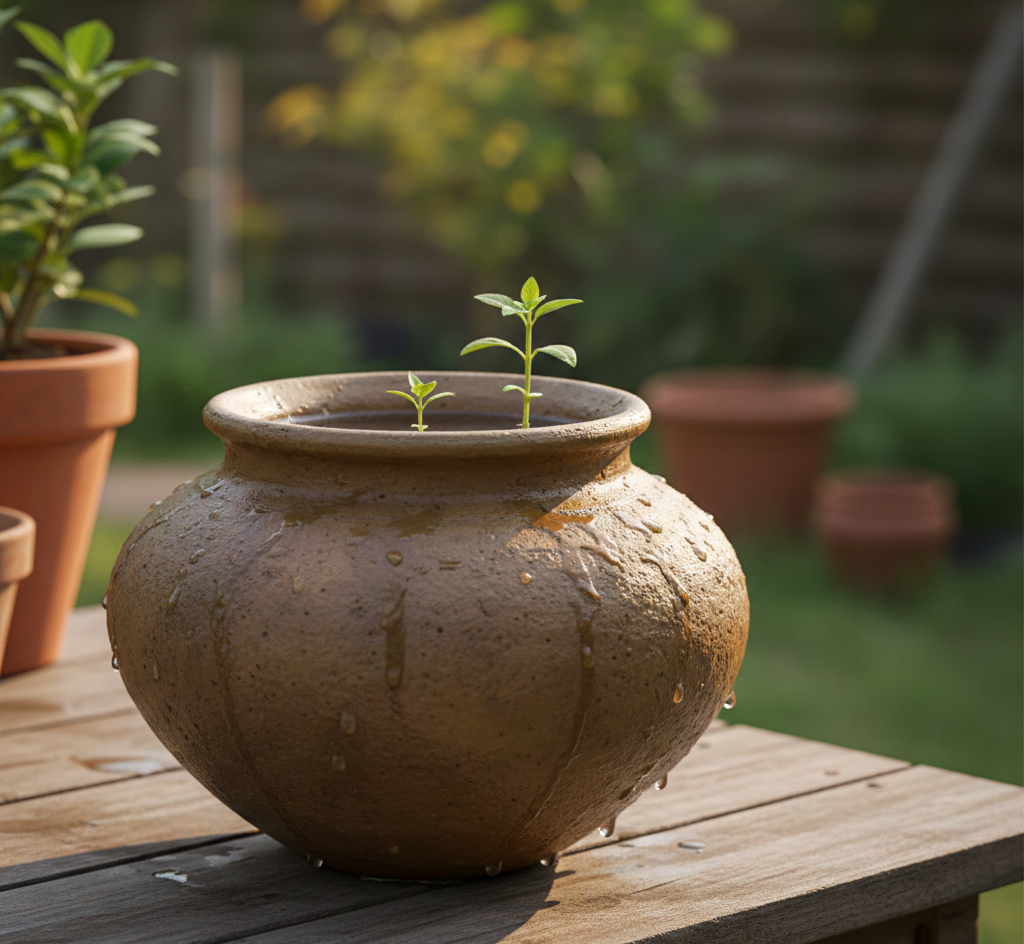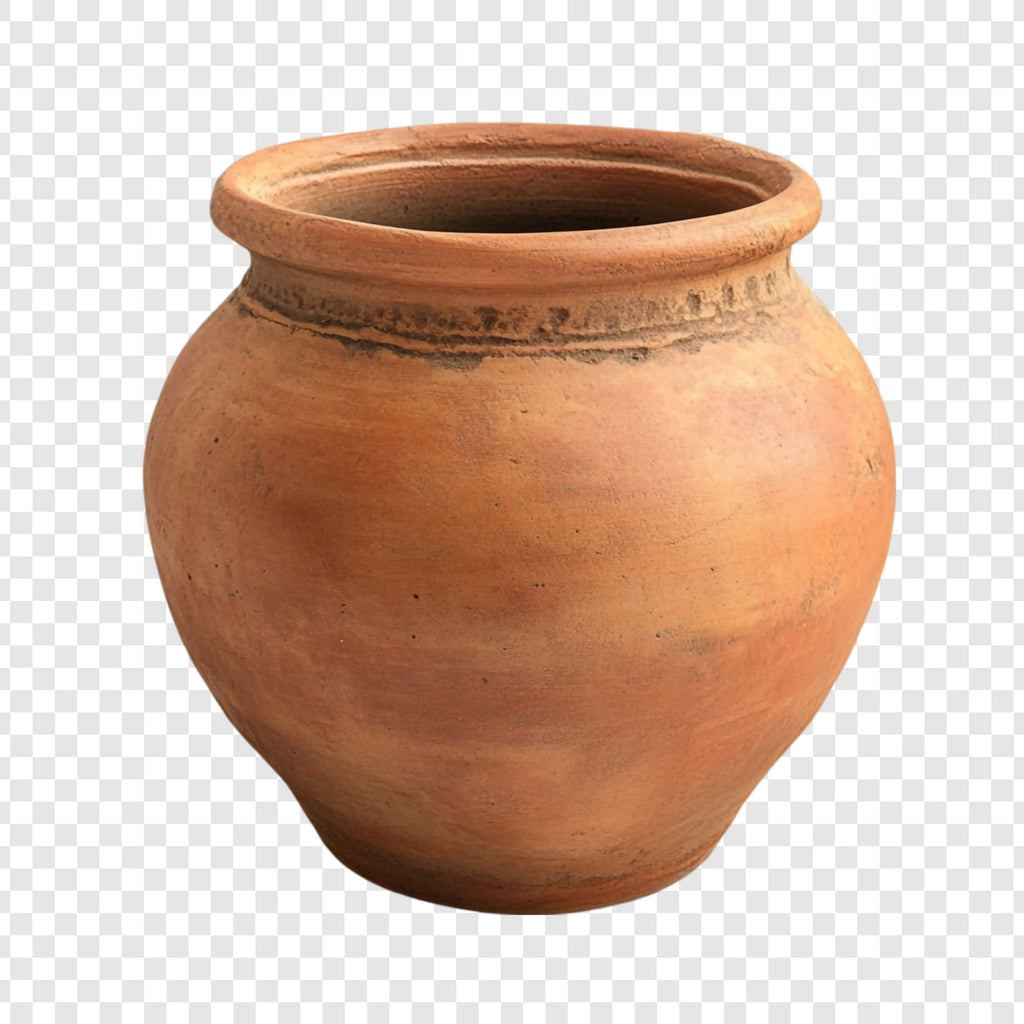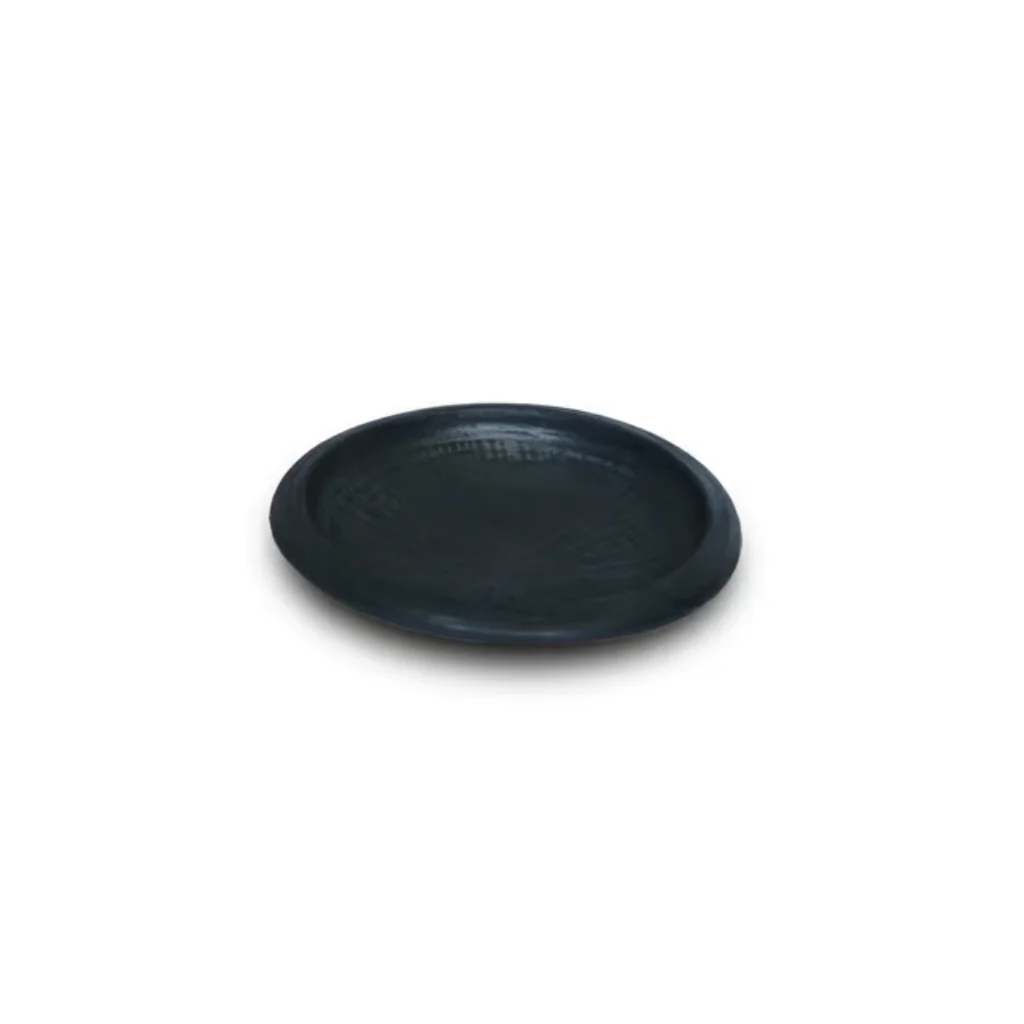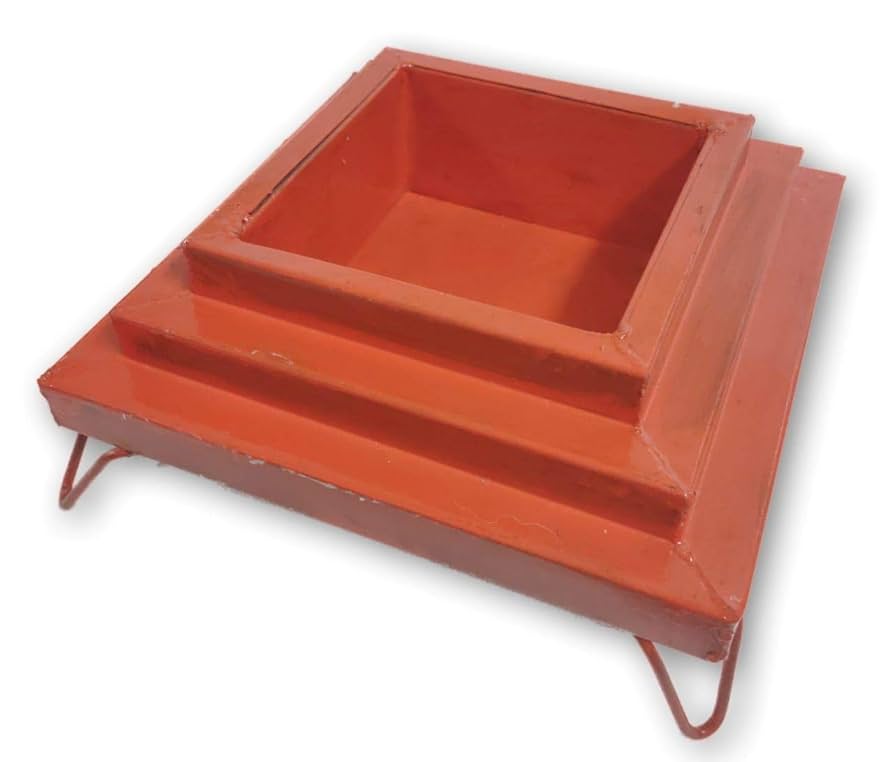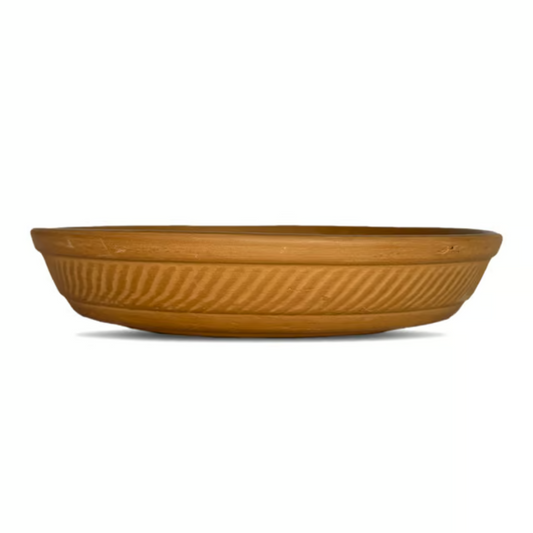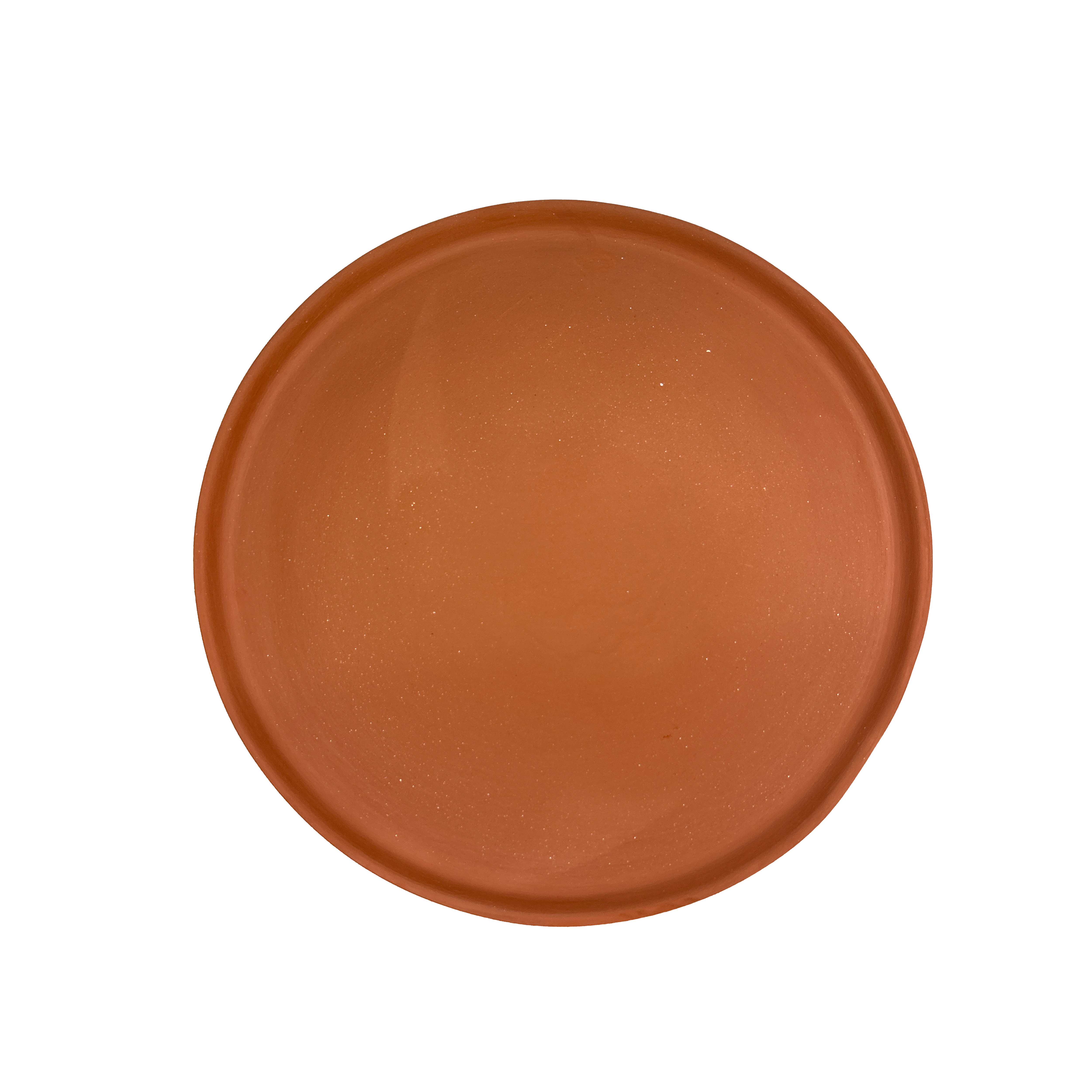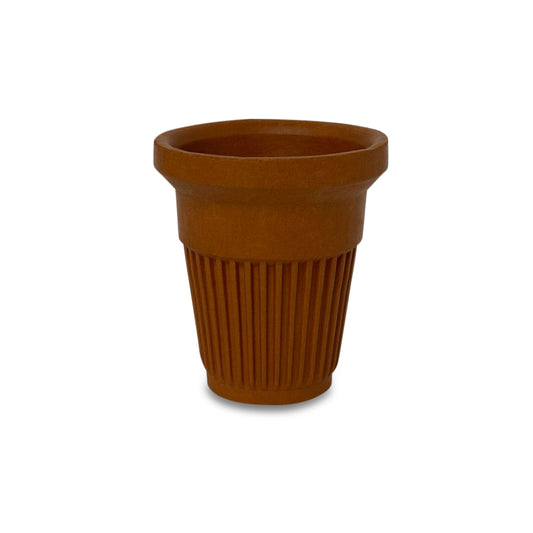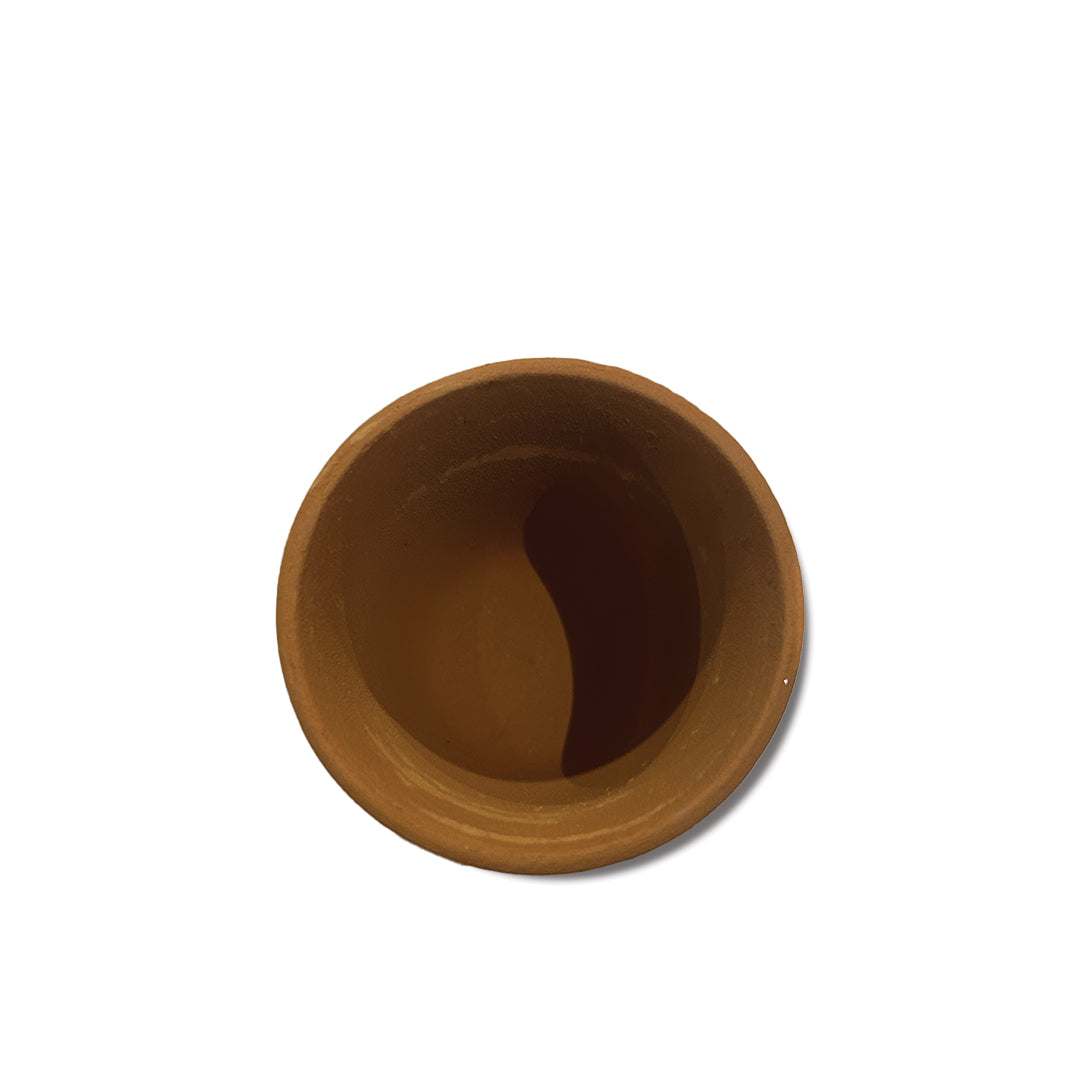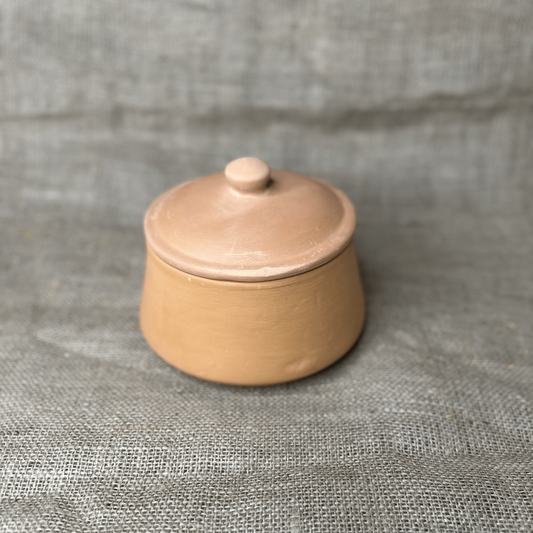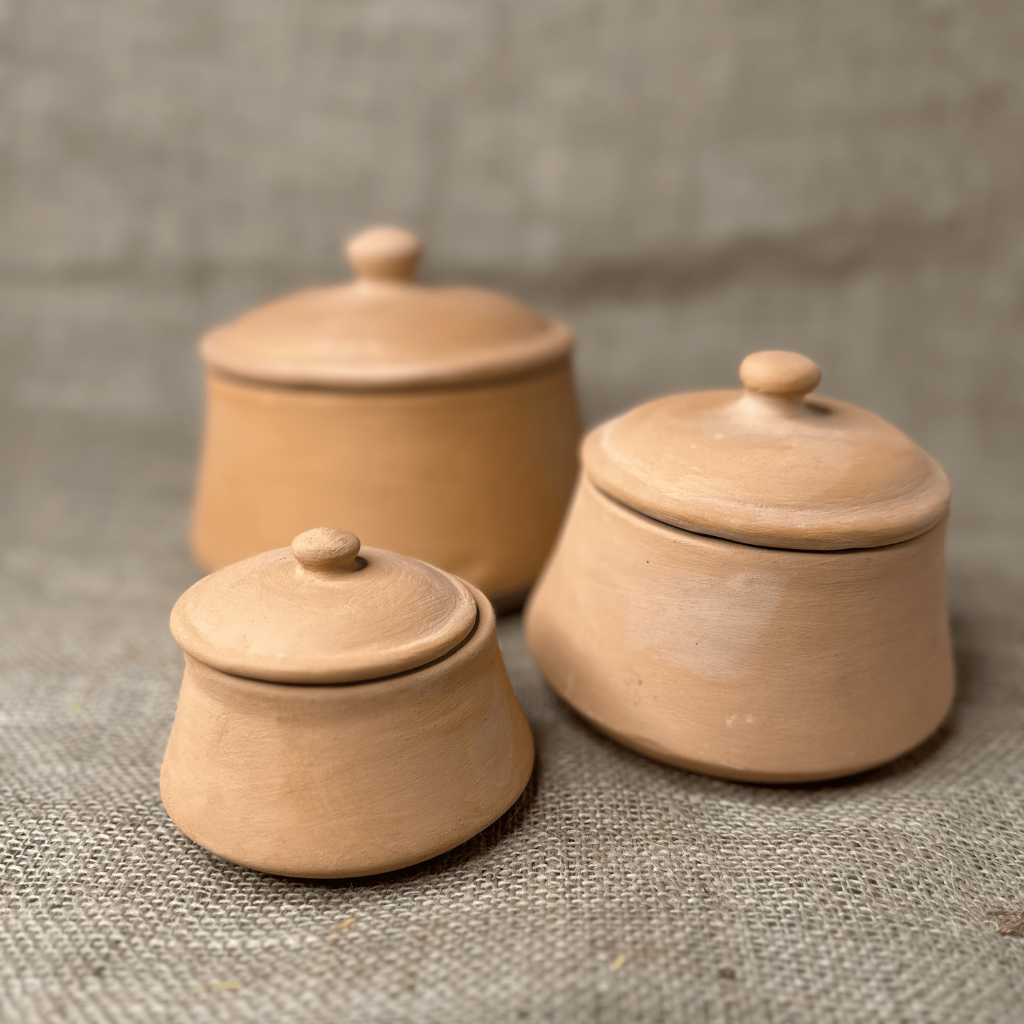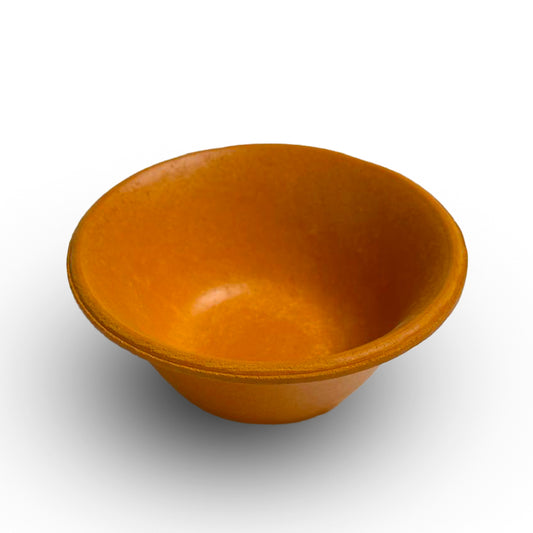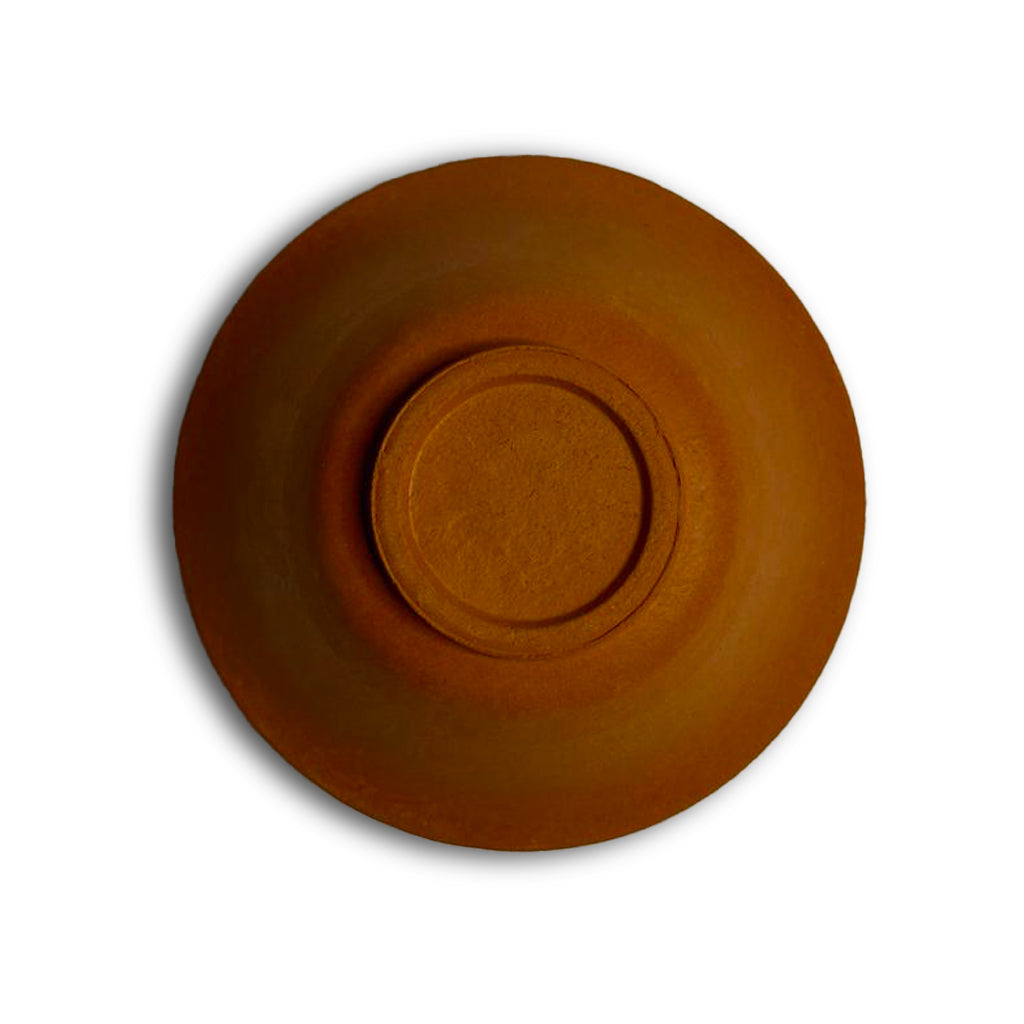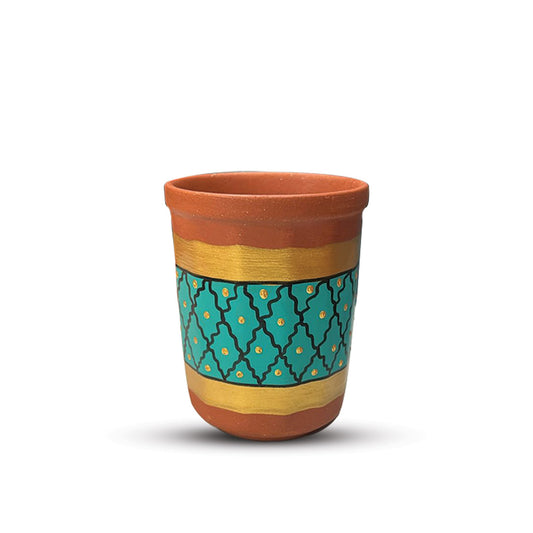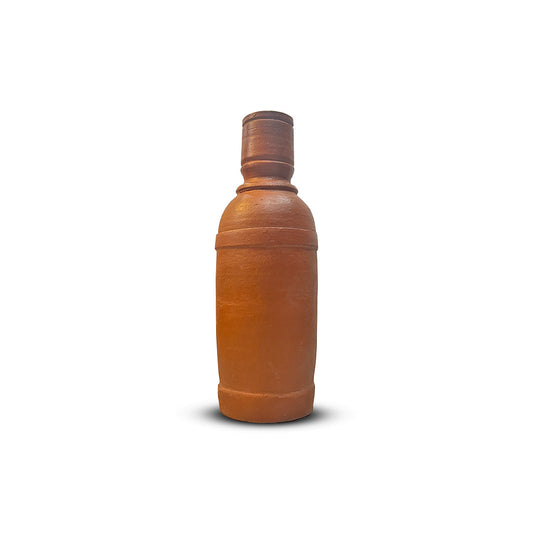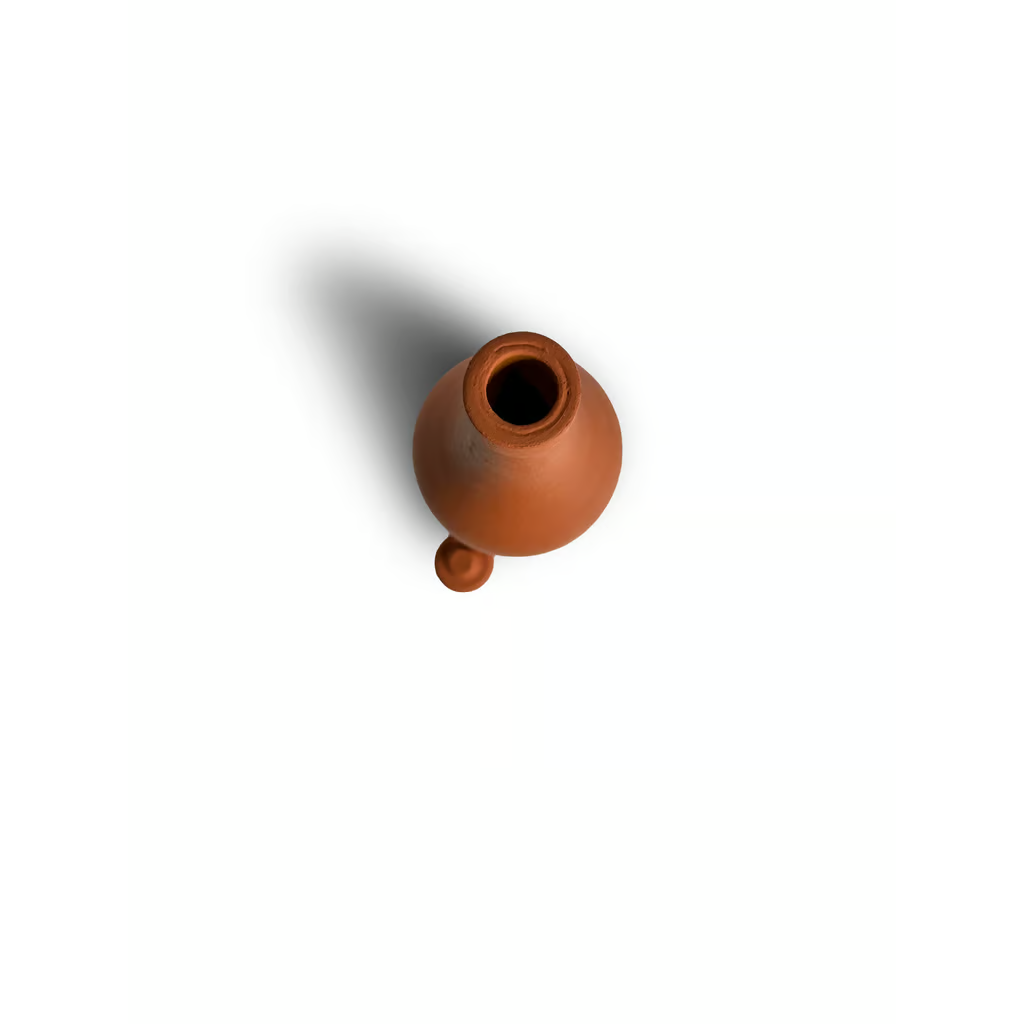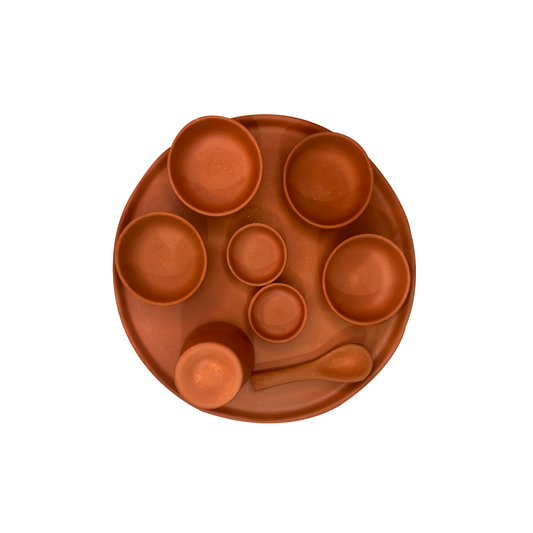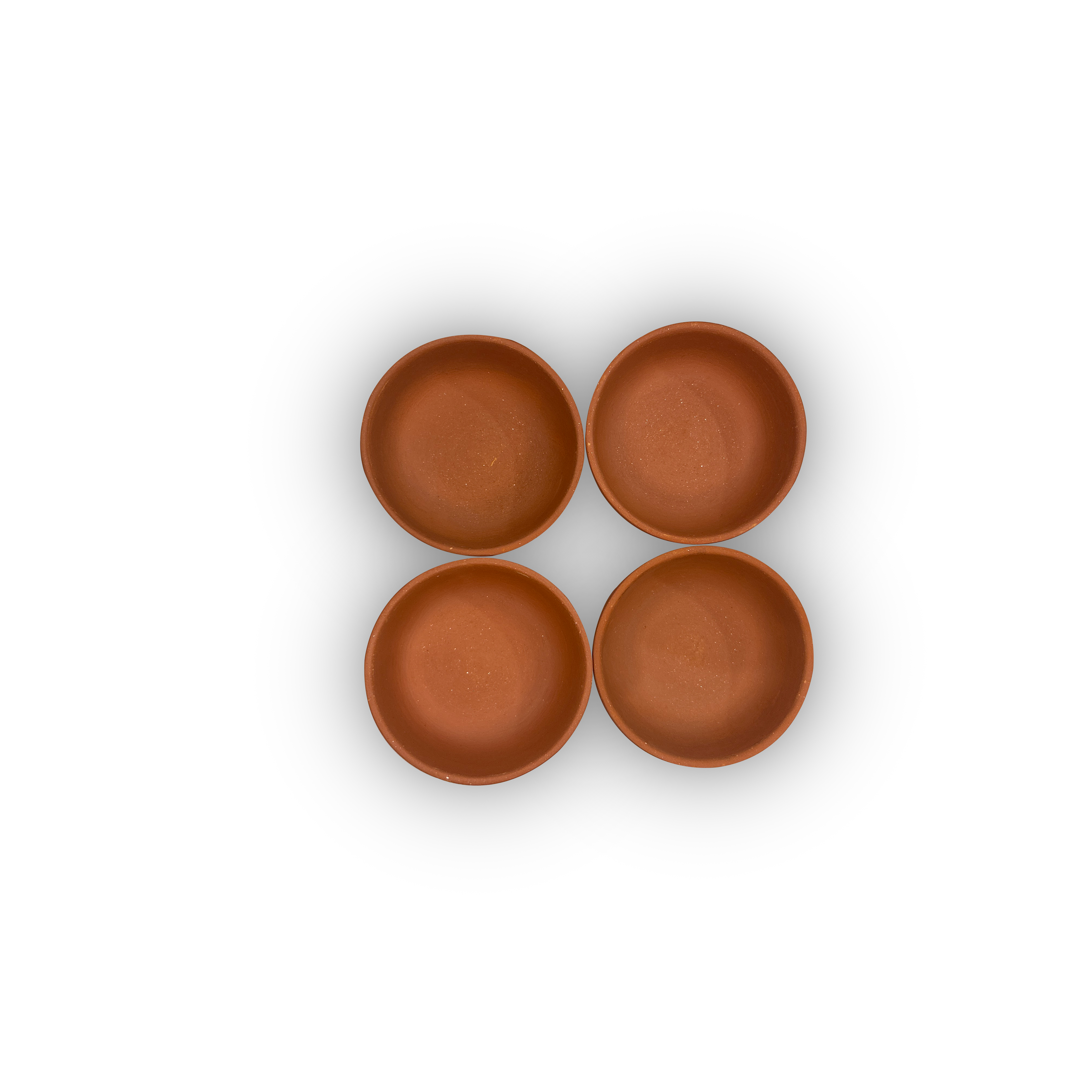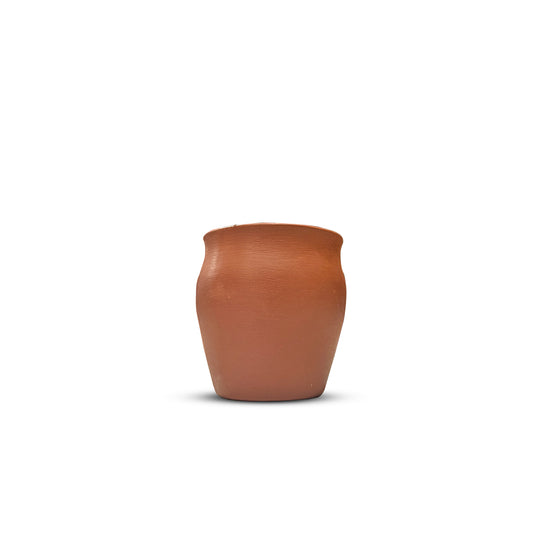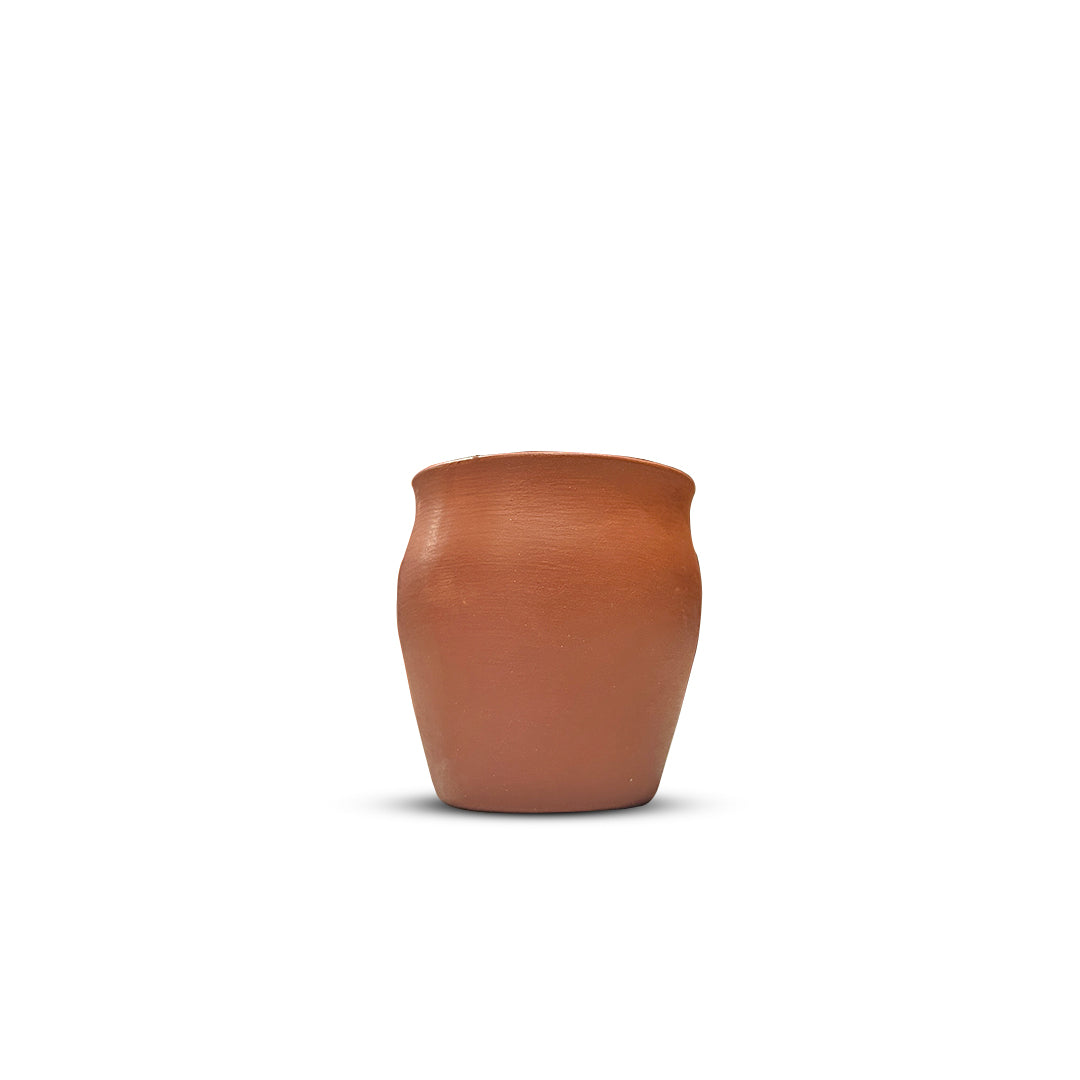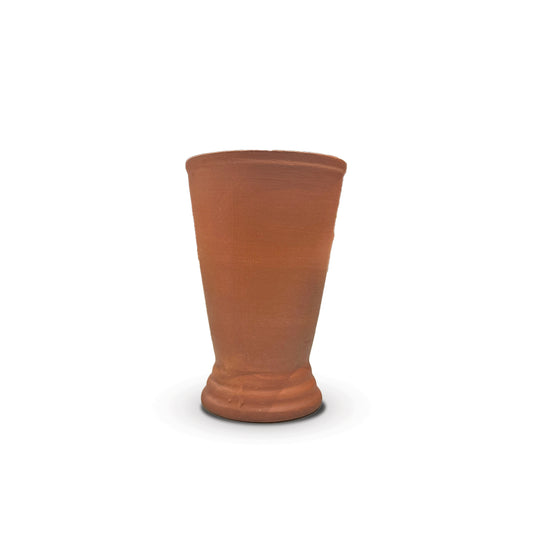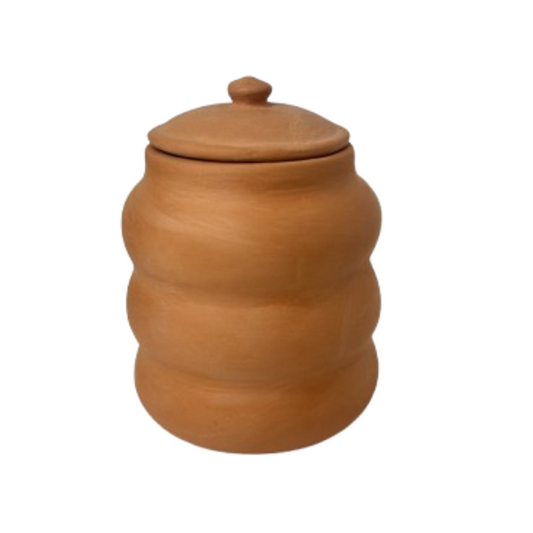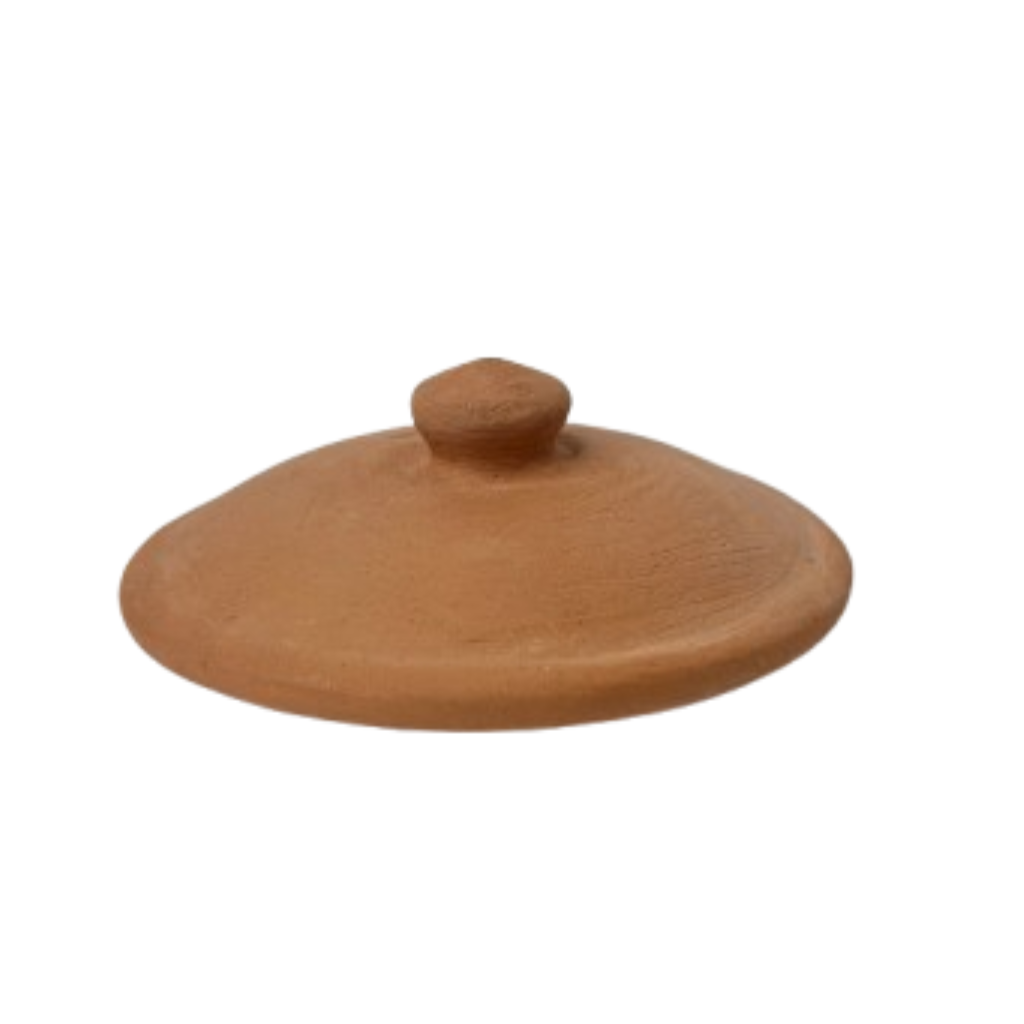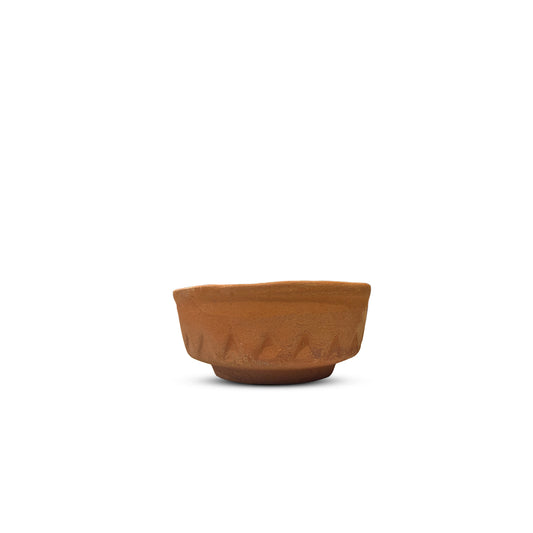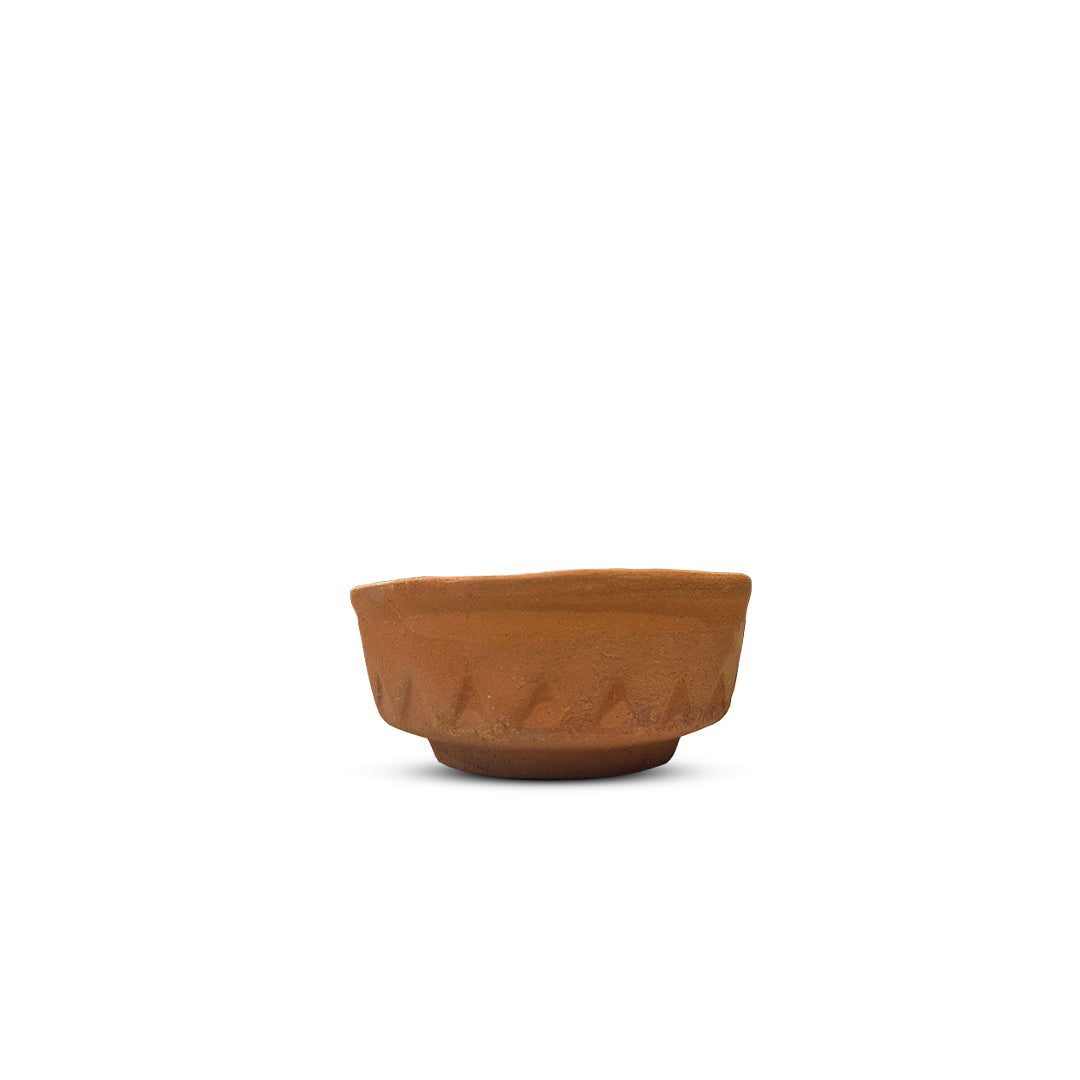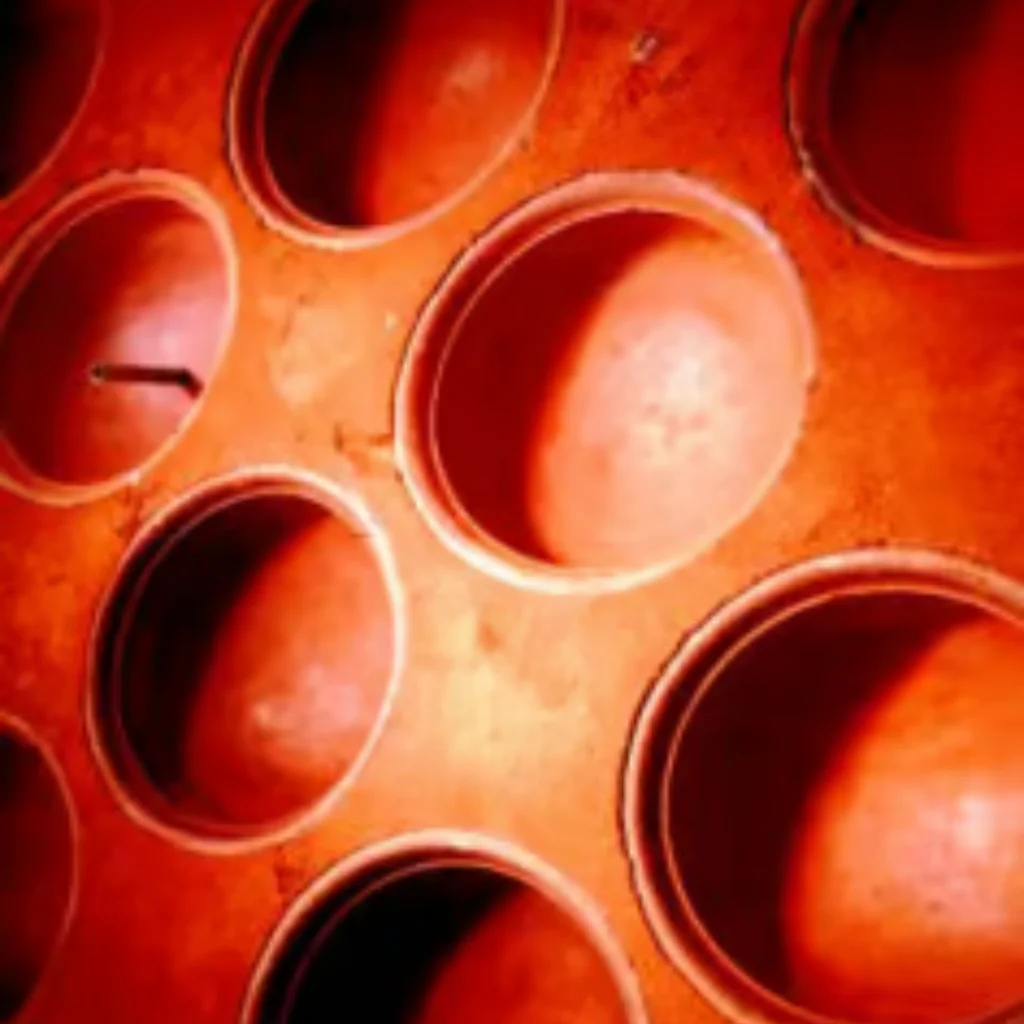
Traditional Meets Modern: The Role of Filler Slabs in Climate-Responsive Architecture

Filler slab have been designed for all types of buildings, for breathing in and with the climate, and one of those very interesting old-school/new-age innovations is coming back into fashion in the early 21st century. Tradition embraces sustainability as we join the train.
You might have heard them very casually, maybe at an eco-architecture seminar or from that builder friend of yours who believes in living low carbon. Well, filler slabs, especially the ones made using natural elements like clay pot, are much more than just the next big thing. They are the secret weapons of climate-responsive design that echo the legacy of the past precious example of the future:
Let's explore this intelligent slab. How does this work in the context of modern construction, and how does it fit right into the big story of everything we love in Mudkart?
What Are Filler Slabs, Anyway?
Let's keep it simple and straightforward. A filler slab is a type of slab in building construction in which a part of the concrete (which usually fills the entire slab) has been replaced with a less dense, usually recycled or natural, material. One does not compromise strength or stability, in fact, it is genius.
Picture a standard concrete slab. Then carve out a section of unnecessary concrete in non-structural areas and fill that void with lightweight materials such as clay tiles, bricks, or — better yet — clay pot filler slabs. What's the end result? A roof or floor, which requires less cement and steel, weighs much less, and has a little bit different look from below.
A Nod to the Past-and a Green Twist
The idea of using filler slabs is not new. It actually comes from South Indian regions, where people used to practice it from ancient times. Old-style houses in Kerala and Tamil Nadu exhibit beautiful and intricate ceilings made from tiles that serve more than aesthetic purposes: they use them also as insulation.
But here's how they have found modernity with it. Nowadays, the old methods are rediscovered by architects and builders for sustainable forms of high-carbon construction materials. When done properly, concrete filler slabs are capable of saving up to 30% of construction materials without loss in strength.
That's just a win-win.
Why Filler Slabs Are a Green Option
Let us relate it with climate-responsive design: Filler slabs are all about using natural insulation while constructing homes.
In other words, it is a building form that behaves with regard to local weather while avoiding excessive energy expenditure yet maximizing comfort. Therefore, the use of clay pot filler slabs will procure its own internal natural insulation. The air trapped in the clay pots will regulate the furnace temperatures inside the house, reducing needed artificial cooling in hot climates, which is today a major plus.
Concrete filler slabs, especially if made from nearby local materials, reduce the embodied carbon of your structure. Not that you are merely cutting down on the use of raw materials; rather, you are "building green" in reality.
Let's talk appearance (Because appearance does matter)
Sustainability is important; however, if a design doesn't tickle the eye, it won't hit the trend.
Well, filling slabs have brought with them an aesthetic different from the normal tacky ceilings. Those semicircular clay pots in the ceiling show some really beautiful features. It is like bringing a slice of heritage into your home; a sweet reminder for some that natural materials can produce cozy, character-rich spaces.
No false ceiling. Function and form, cost cuts, and style statements speak for themselves.
Cheap and Resource Efficient
The most prevalent myth is that eco-friendly construction is always expensive. False.
With the use of fillers, especially with clay pot filler slabs, you reduce up to 30% of the quantity that needs concrete and steel. That gives you a big chunk of money off the construction budget-and let's not forget the energy you will save by better insulation throughout the whole house.
And, if your fillers are sourced from Mudkart (which we highly recommend doing), you're doing wonders by supporting local artisans, ameliorating the carbon footprint, and supplying high-quality, long-lasting, naturally made materials.
Making the Transition-How to Go about Using Filler Slabs
For anyone other than the uninitiated architect or homeowner wanting to try something off the beaten path, filler slabs will provide an entry point into sustainable construction.
Begin as follows:
1. Get a structural engineer who understands climate-sensitive design.
2. Be selective about the choice of filler materials; clay pot filler slabs work best in warm climates as they confer thermal benefits.
3. Use concrete for filler slabs in places where strength matters, but you wish to go easy on the environment.
4. Collaborate with platforms such as Mudkart that encourage earth-friendly building materials with ethical sourcing.
The applications are limitless, whether a home, studio, community center, or eco-resort. And the outcomes? Strong, breathable, and gorgeous.
Common Myths — Busted
Myth 1.Filler slabs are weak.
Truth: When they are designed correctly, concrete filler slabs are as strong as conventional slabs. They are designed in such a way that their structural integrity is not compromised.
Myth 2.Clay pot filler slabs are limited to traditional homes.
Truth: Whatever the character of your space, be it minimalist, industrial, or rustic, exposed filler slabs can be dressed up to fit your vibe.
Myth 3.Maintenance is tough.
Truth: Filler slabs are maintenance-free. If anything, they gracefully grow old and require less cosmetic attention than false ceilings or gypsum panels.
Mudkart's Role in the Revival
We, at Mudkart, do not just deal in filler material. We are reviving an alternative building culture that respects Mother Nature and celebrates Craftsmanship.
The clay-pot filler slabs are sourced carefully; handmade, sub-fired in labor-intensive traditional methods, and guaranteed for quality. Mudkart supports the livelihood of local artisans, holders of centuries-old know-how. So, every pot you embed into your ceiling tells a story.
Opting for filler slabs from Mudkart is not just about looks or saving costs; it is making a conscious choice towards building for the future while respecting the past.
In the Future, Filler Slabs Will Dominate
With climate change questioning the very nature of every brick laid, the resurgence of filler slabs implies practical solutions towards a very responsible architecture.
Whether you are an eco-enthusiast who wants to build her dream house or a builder keen on reducing carbon costs, clay pot and concrete filler slabs would be an assured way to smartly, beautifully, and sustainably build spaces.
So, whenever you peer up at that ceiling, see it not as just a roof over your head, but as a philosophical asset — one that encapsulates the glue binding innovation with tradition.
Build with conscious thought. Build with beauty in mind. Build with filler slabs.


